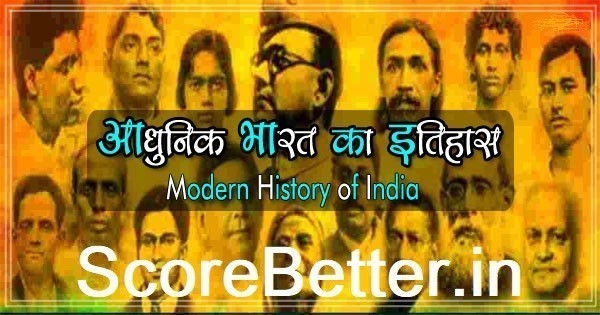The non-cooperation movement was a political campaign initiated by Mahatma Gandhi on September 4, 1920, to get Indians to withdraw their cooperation from the British administration in order to persuade the British to grant India self-governance and full independence (Purna Swaraj).
non-cooperation movement, an unsuccessful attempt by Mohandas (Mahatma) Gandhi in 1920–22 to persuade the British administration of India to grant India self-rule or swaraj. It was one of Gandhi’s first large-scale organised actions of civil disobedience (satyagraha).
Causes of Non-Cooperation Movement
- Jallianwala Bagh Massacre and Resultant Punjab Disturbances.
- Dissatisfaction with Montagu-Chelmsford Reforms.
- Rowlatt Act.
- Khilafat Agitation.
Mahatma Gandhi established the non-cooperation movement (1920–22) to persuade the British government of India to grant India self-rule or swaraj. It was one of Gandhi’s earliest large-scale civil disobedience actions.
Events that led to the Non-Cooperation Movement of 1920
- Indians were unsatisfied with the GOI Act 1919 because they expected autonomy after the end of World War I in exchange for British help;
- Peasants suffered because agricultural product prices did not rise.
- Faith in the British system of justice was broken due to Rowlatt Bills, the Jallianwala Bagh massacre, and Hunter Committee.
- The Khilafat issue played an important part in launching the NCM.
- Their unpopularity was exacerbated by droughts, plagues, and rising inflation. On August 1, 1922, Gandhi officially launched the NCM. The INC’s Nagpur session clearly stated the NCM’s goal and steps. It had adopted the ‘Swaraj’ goal. On the same day, Lala Lajpat Rai also passed away.
How NCM give a new direction to India’s freedom Struggle?
It was a mass movement that included Indian peasants, workers, craftsmen, shopkeepers, traders, and professionals, and for many of them, it was their first exposure to nationalist politics and ideology.
Poor people, through their bravery, sacrifice, and perseverance in the face of adversity, disproved the concept that national freedom was only for the educated and wealthy.
It provided women exposure to nationalist politics; now, freedom has become a fundamental need shared by everybody. Women made up a sizable portion of the picketing of stores.
Hindus and Muslims both participated, thereby bridging the gap caused due to British policies.
NCM contributed to the rise of local movements. eg. In Assam, labourers on tea plantations went on strike. Defiance on forest laws becomes popular in Andhra.
It commanded the strength and sympathy of vast sections of the society. Even after its withdrawal, a different line of political activities came up to keep up the spirit of resistance, and it gave a new direction to India’s freedom struggle.
The Non-cooperation Movement had both constructive and destructive programs in it
| CONSTRUCTIVE | DESTRUCTIVE |
|---|---|
| The Congress wanted the people of India to surrender all titles and honorary offices and resign from nominated seats in local bodies | In order to finance the non-cooperation movement, Tilak Swaraj Fund was started into which money was poured, and within six months, nearly a crore of rupees was subscribed; the All India Congress Committee was made to recruit new joiners. |
| To withdraw children and boycott government schools and colleges | Native educational institutions were established like Gujarat Vidyapith, Bihar Vidyapith, Tilak Maharashtra Vidyapith, Kasi Vidyapith, the Bengal National University, and the Jamia Milia of Delhi |
| Boycott of British courts by lawyers and litigants & Boycott the elections | to establish native arbitration centers all over India |
| Refusal for recruitment for military and other services in Mesopotamia | |
| Boycott of foreign goods. | The Swadeshi concept became a household word, and the use of Indian-made products gained impetus. |
The Prince of Wales visited India, and a large demonstration was set up against it. A hartal was organized.
The Chauri-Chaura Incident: On February 5, 1922, a Congress khilafa march began. The police had treated the mob terribly, and a group of people from the throng attacked them. When the officials sought refuge at Chaura’s police station, it was attacked and set on fire. The mob set fire to the police station, killing roughly 22 officers. Those who attempted to flee were hacked to death and returned inside. This was in violation of Gandhi’s core guideline of ahimsa, or nonviolence.
Gandhi called a halt to the movement on February 12, 1922, after the horrible occurrence, believing that the country was not ready for a mass movement. His decision was not well received by the other leaders, but they accepted it. This effort, on the other hand, portrayed Gandhiji as an all-India leader and demonstrated the Congress’s widespread popular support.
.
Follow on Youtube – Score Better
Join Us on Telegram For More Update
.
